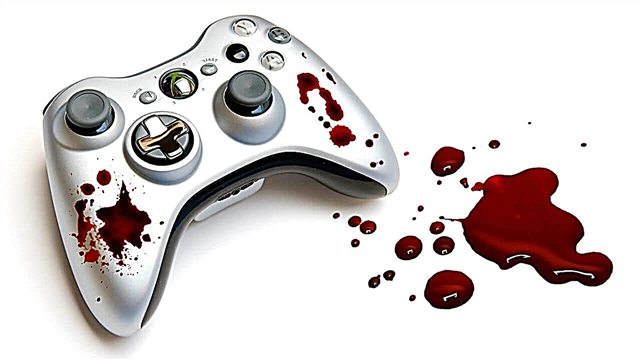Headphones have long been an integral attribute of any modern person. Try walking in the morning on public transport - absolutely all passengers aged 10 to 80 listen to music.
The store shelves are just littered with a variety of "ears." The price of some is comparable to a cup of coffee, while for others, the price tag easily passes beyond the mark of a thousand dollars and cheerfully moves on. How to make the right choice and not regret it later?
Mount
The way future headphones will be mounted on your head plays an important role. Choose the wrong design and as a result get discomfort, disappointment and spoiled for the whole day mood.
The following mounting options are common on the market:
- Arc Mount.
In general, not an outdated classic. Headphones bend around the listener's head, fitting snugly to the ears. Such headphones are both portable and "home". The latter cannot be taken to the street with you because of their size (they are large, and it is difficult to carry them around all day)
- Inserts.
Models of this type most often come complete with a purchased smartphone or MP3 player. The earphone is inserted into the ear, slightly clinging to the auricle. The most obvious drawback is that the headphones will fall out during any of your sudden movements. In addition, such models do not differ in special sound quality;
- Vacuum headphones.
By design, they are similar to the previous version, but have a number of undoubted advantages. Firstly, they are completely inserted into the ear opening, blocking any external sounds. Tips are made of a special material that helps isolate noise. Secondly, their sound quality is many times better than that of the same inserts. Of the minuses - you risk seriously planting your hearing, constantly using this model;
- Hooks.
These models are characterized by mounting the headphones behind the auricle. The principle is the same as for attaching glasses to a person’s head. There is also an option with connecting the left and right hook with a special occipital arch. Hooks, by the way, are not very common on the market, as they have a number of disadvantages when wearing.
Specifications
Having decided on the type of headphones, it is worth familiarizing yourself with the technical characteristics of the selected instance. Everything here is not so simple: many manufacturers “draw” on boxes with devices so many different inscriptions, graphs and numbers that it’s easy to get confused. The calculation is made on this: the buyer will see a lot of smart words, a bunch of obscure and large numbers, and buy it. But what really?
Little depends on the diameter of the speaker, since it is just a size. We can make it arbitrarily large, but it will not sound better from this. So here you should be guided only by your own convenience. Sensitivity and sound power are much more important. They are responsible for the rich and loud sound.
The frequency response is a very important parameter. According to its schedule, music connoisseurs can quite accurately determine whether the instance in front of them or not. Ideally, the frequency response picture should not contain sharp bends and have a length of almost the entire graph. In this case, one can expect the earliest accurate interpretation of the composition. But you can’t rely solely on this characteristic when choosing good headphones.
Another important parameter is the harmonic distortion coefficient. Ideally, if the selected device has this coefficient less than 1%. If it is larger, or the corresponding value is not indicated at all - you should not expect good sound.
Conclusion
So, the first thing we will pay attention to is form. Headphones should sit perfectly without causing discomfort. If you are haunted by the desire to remove them and throw them away, then you, apparently, were mistaken with the model.
Secondly, you should go over the main characteristics: harmonic distortion coefficient, frequency response graph, sensitivity and power of the device.
And thirdly, you should not adhere to the opinion that the more expensive the “ears”, the better. It is better to still be based on objective indicators, and not on the degree of popularity of manufacturers.
Author: Gladkov Vyacheslav Vladimirovich












